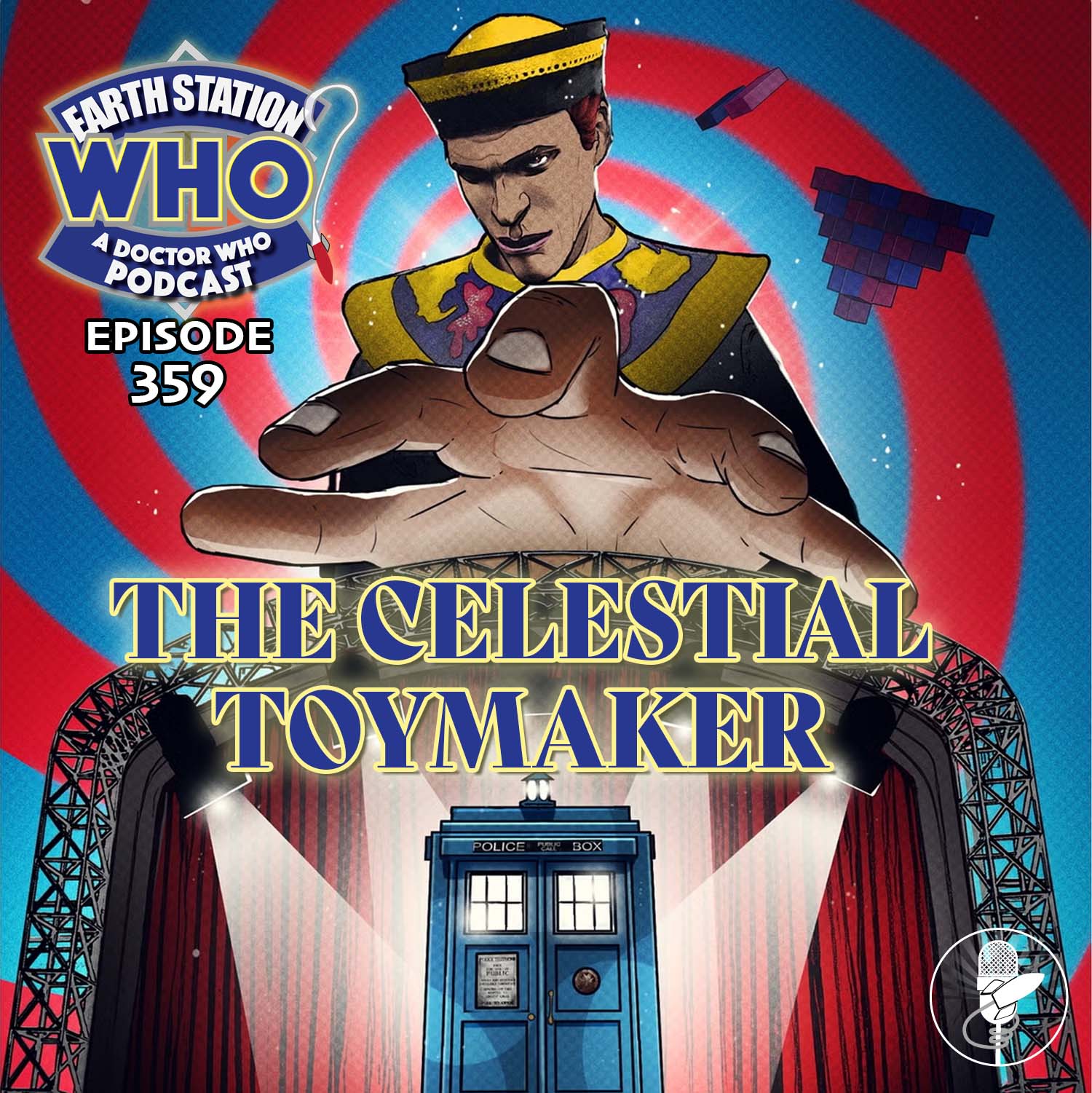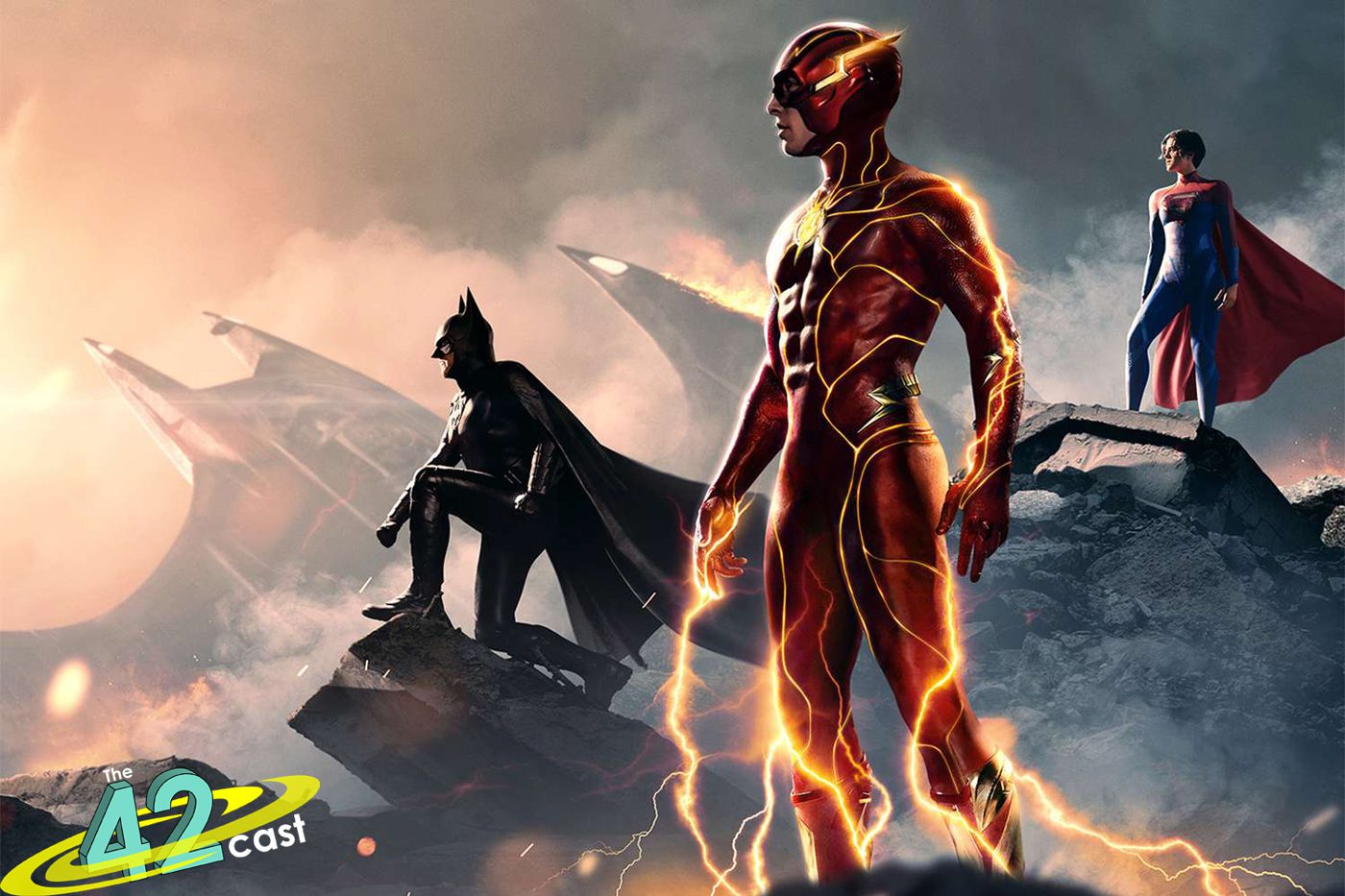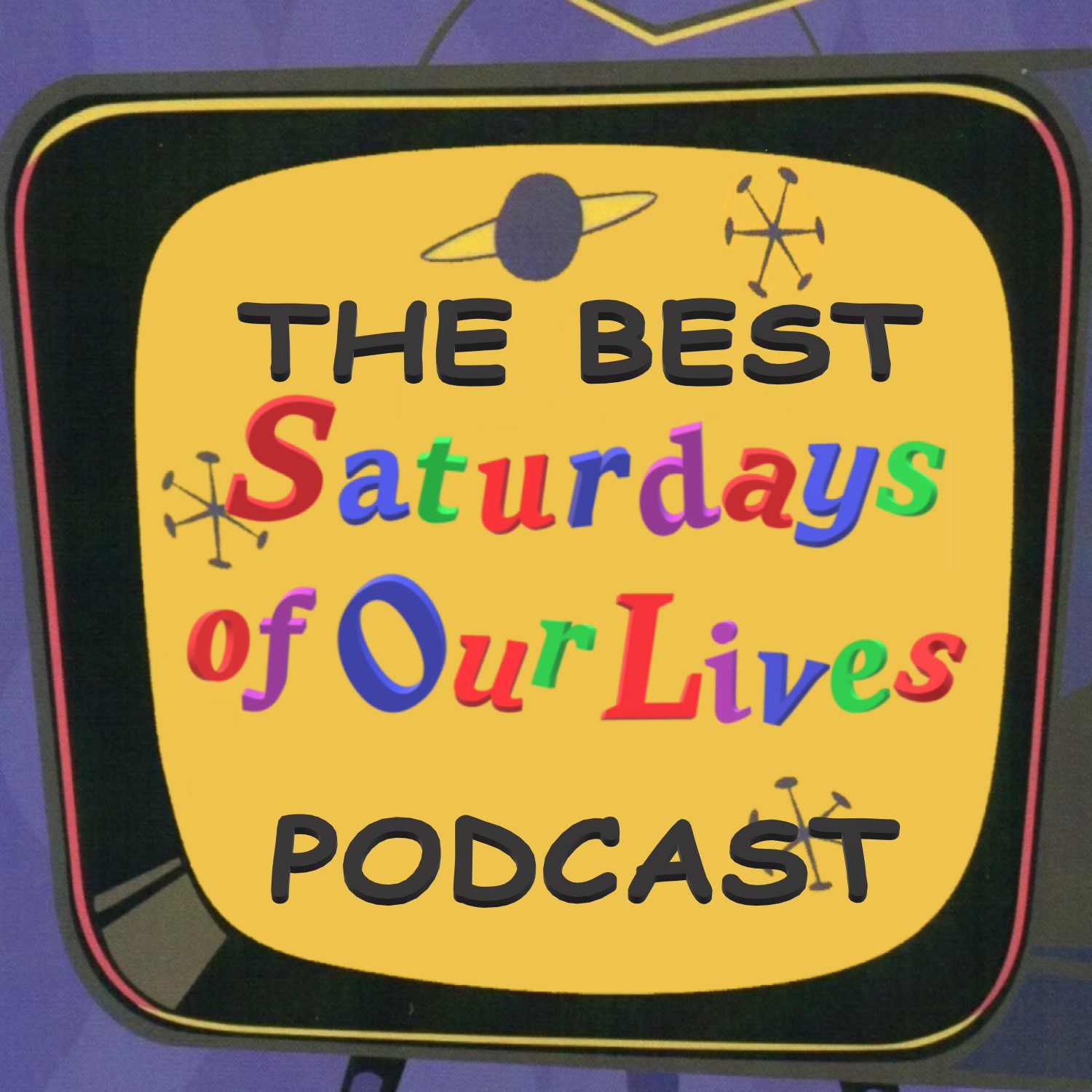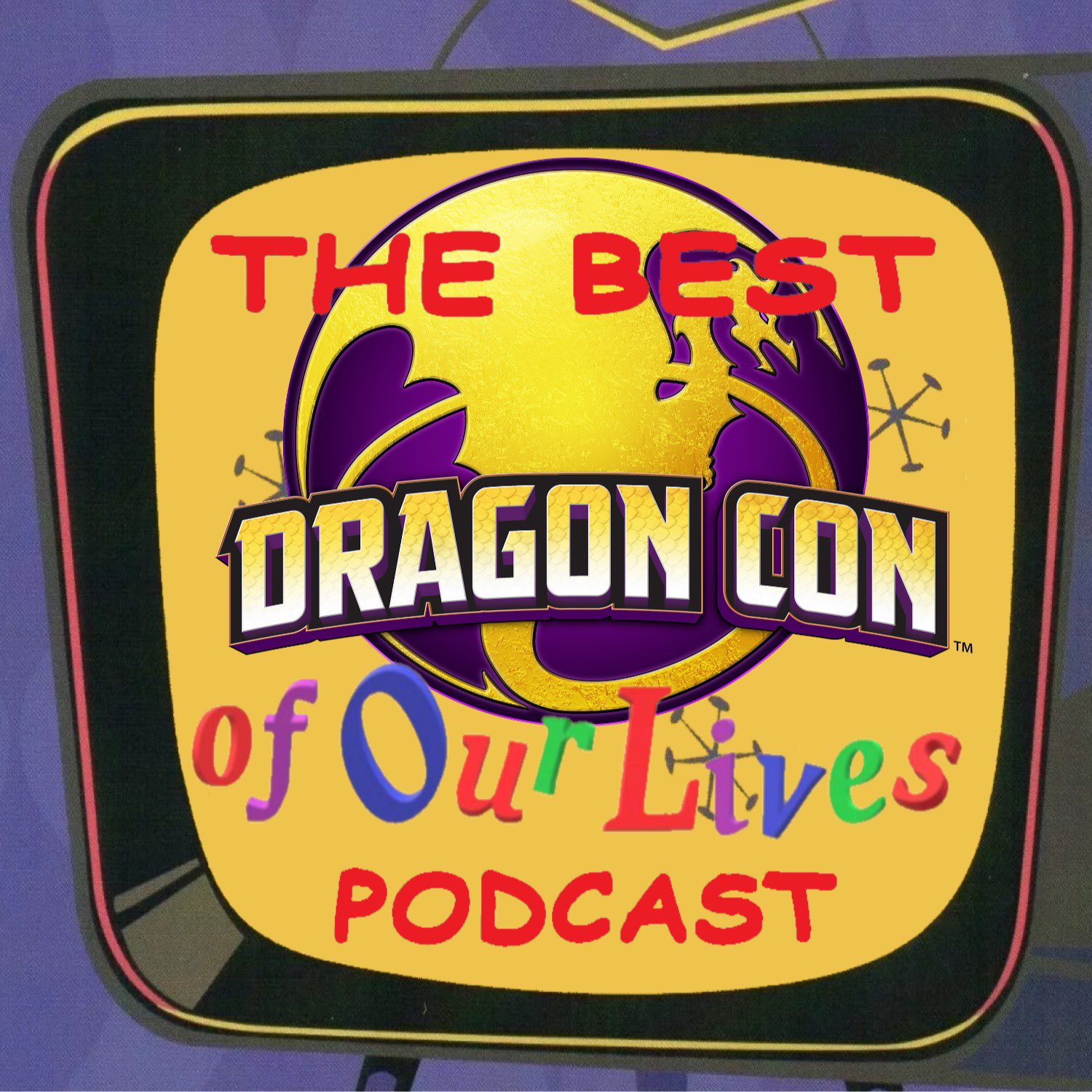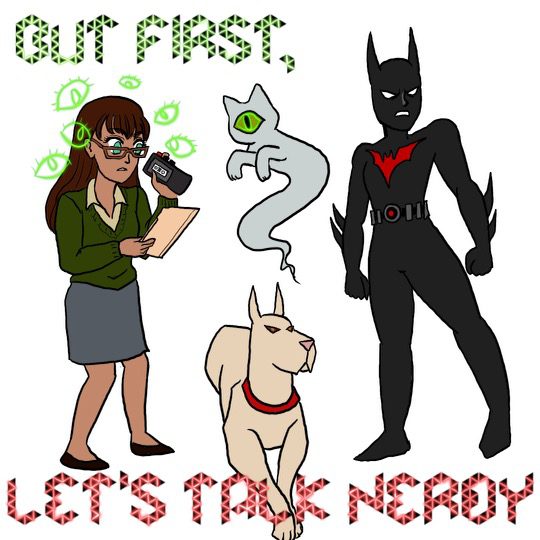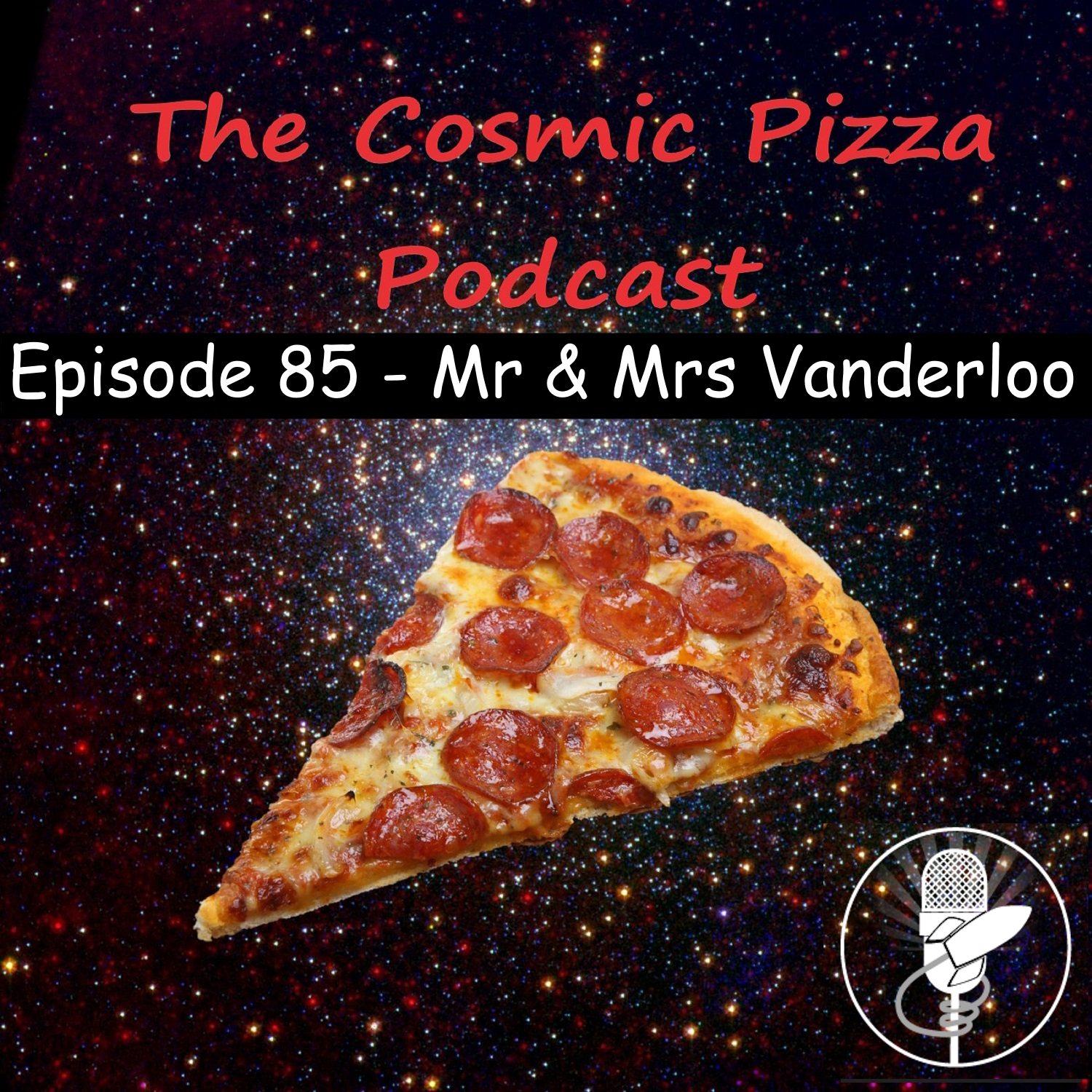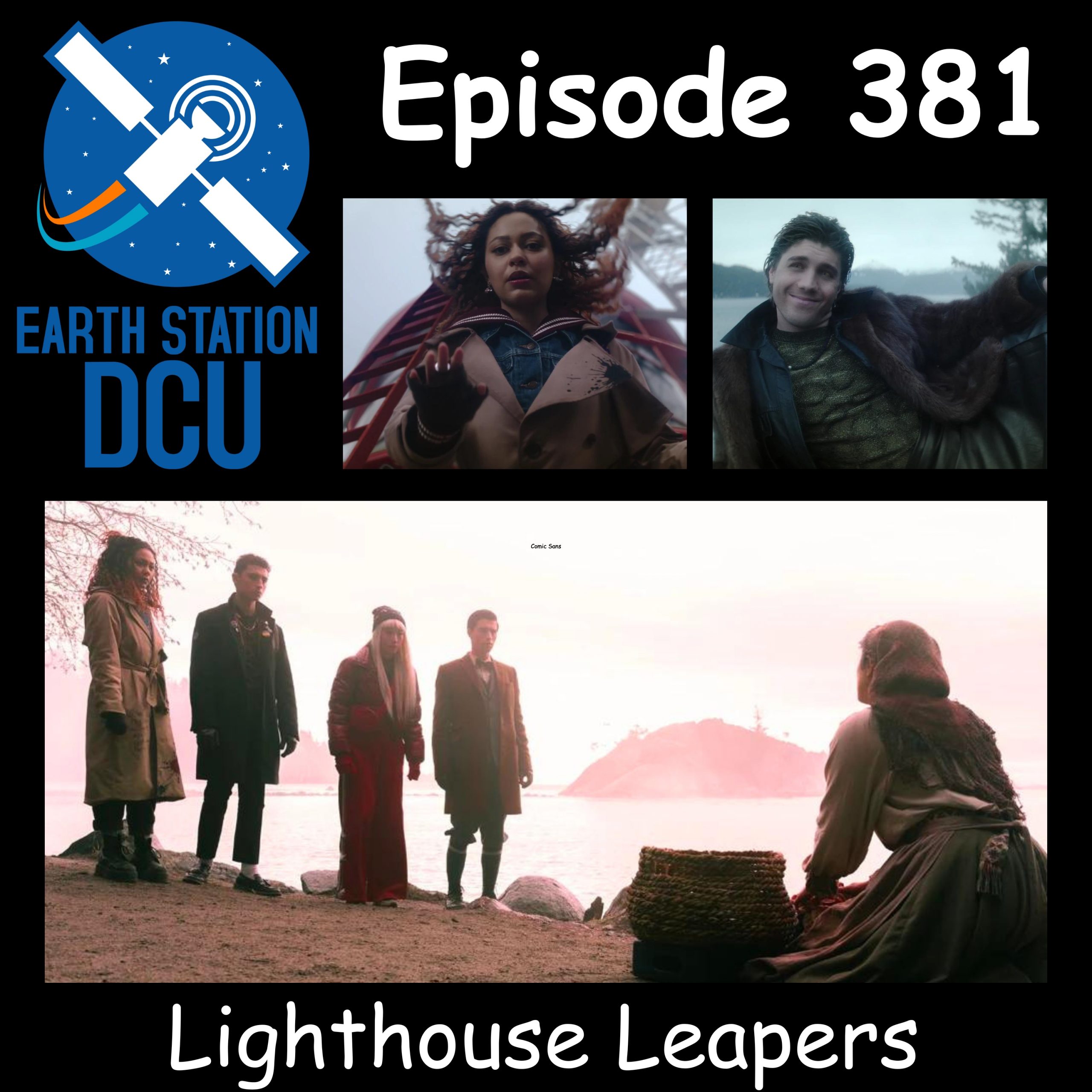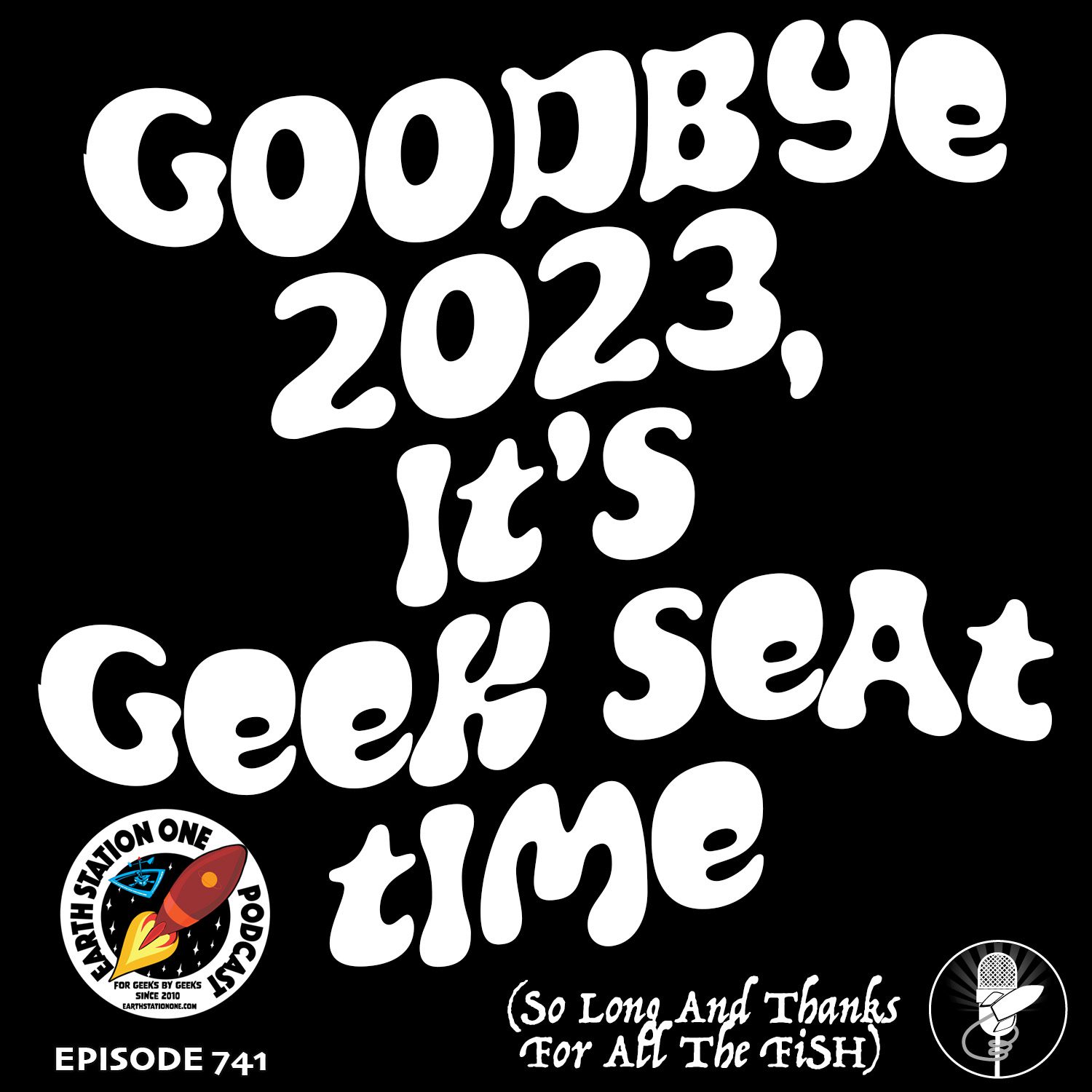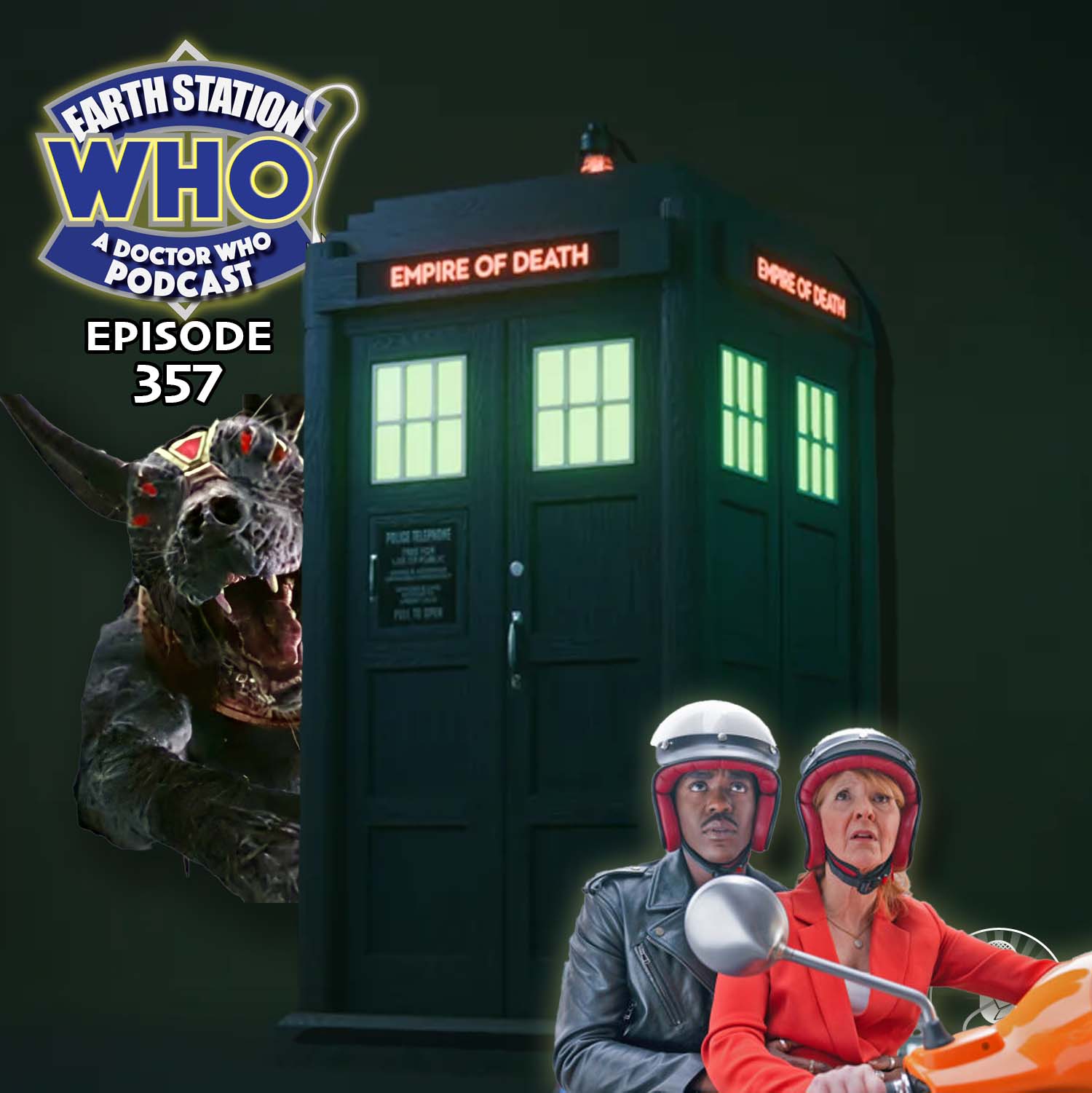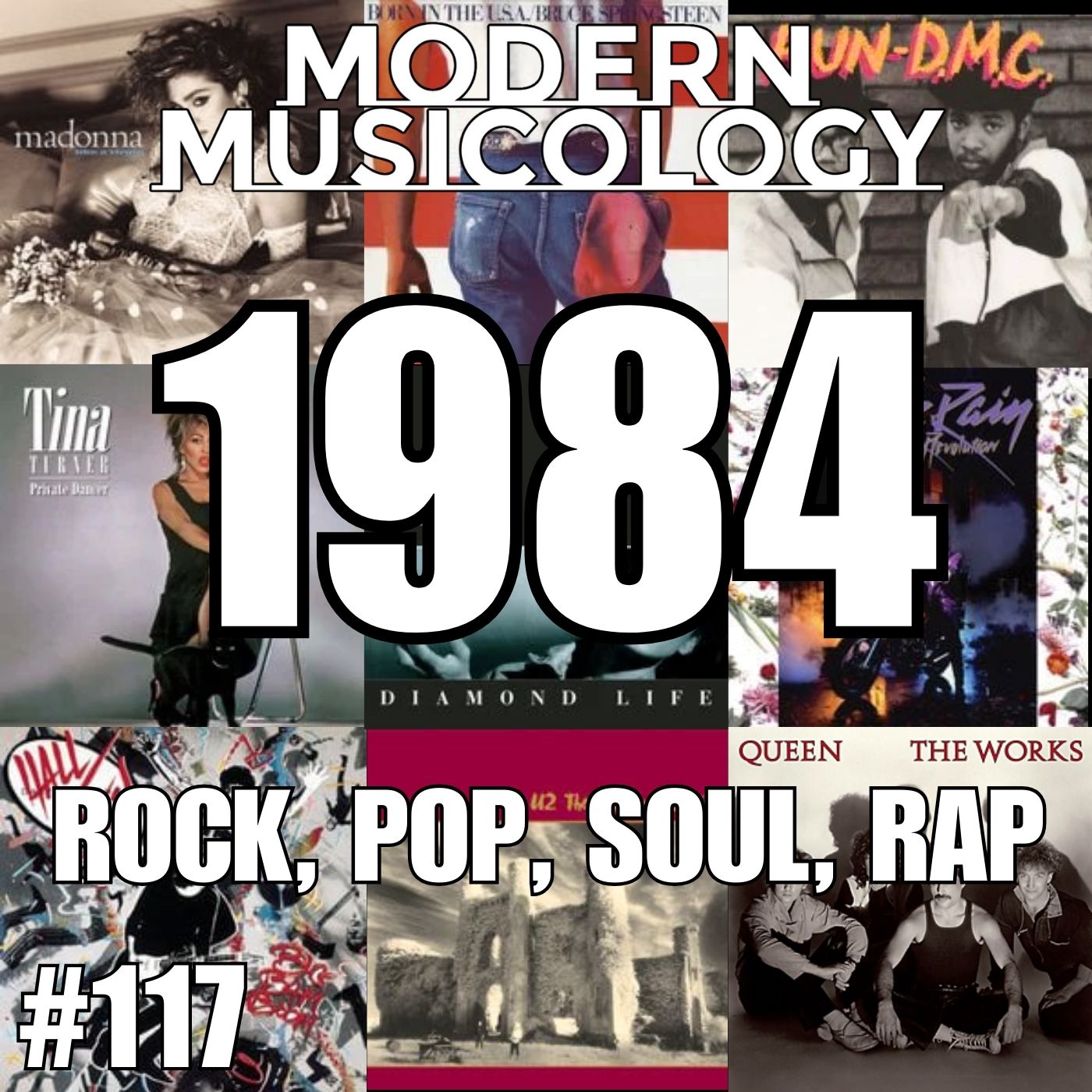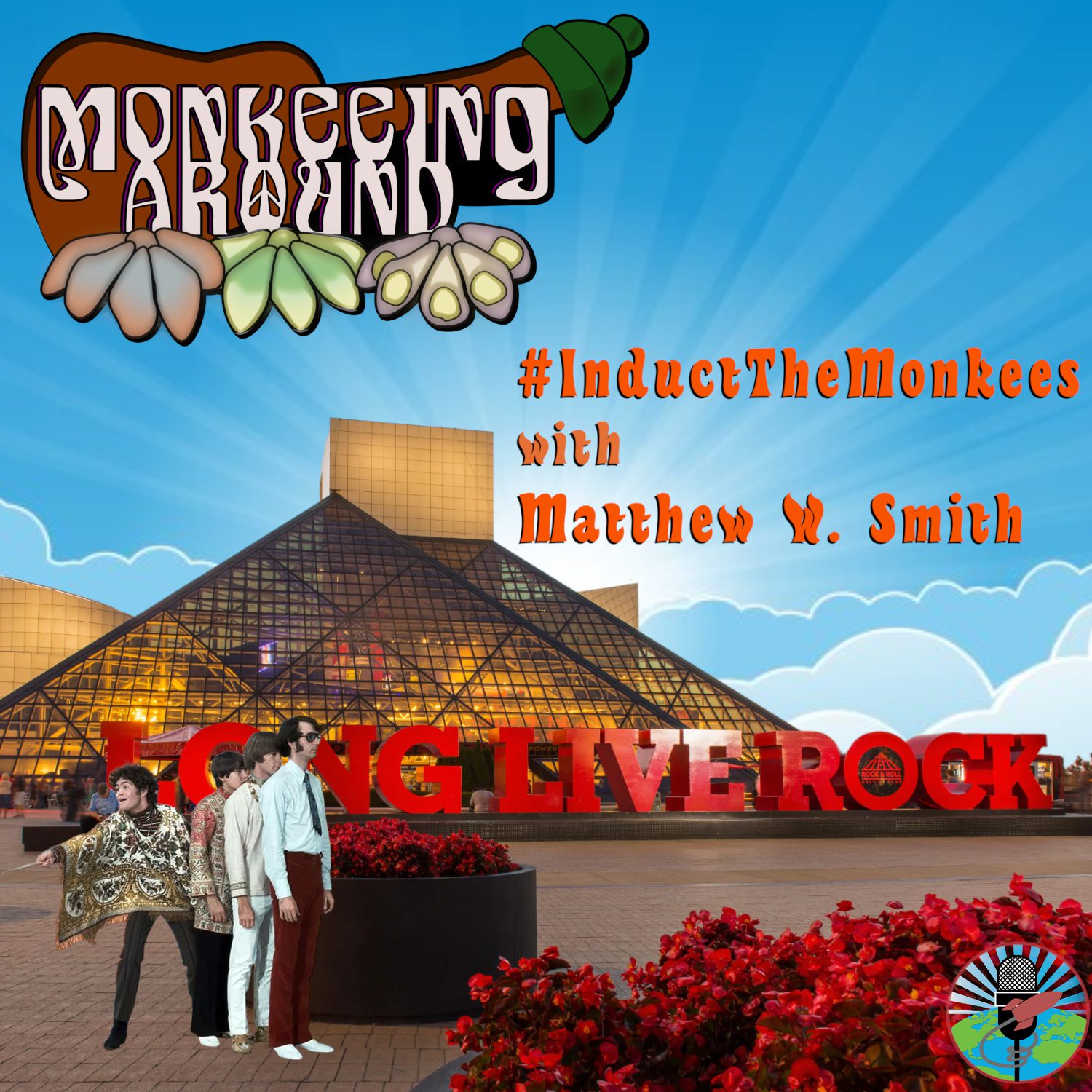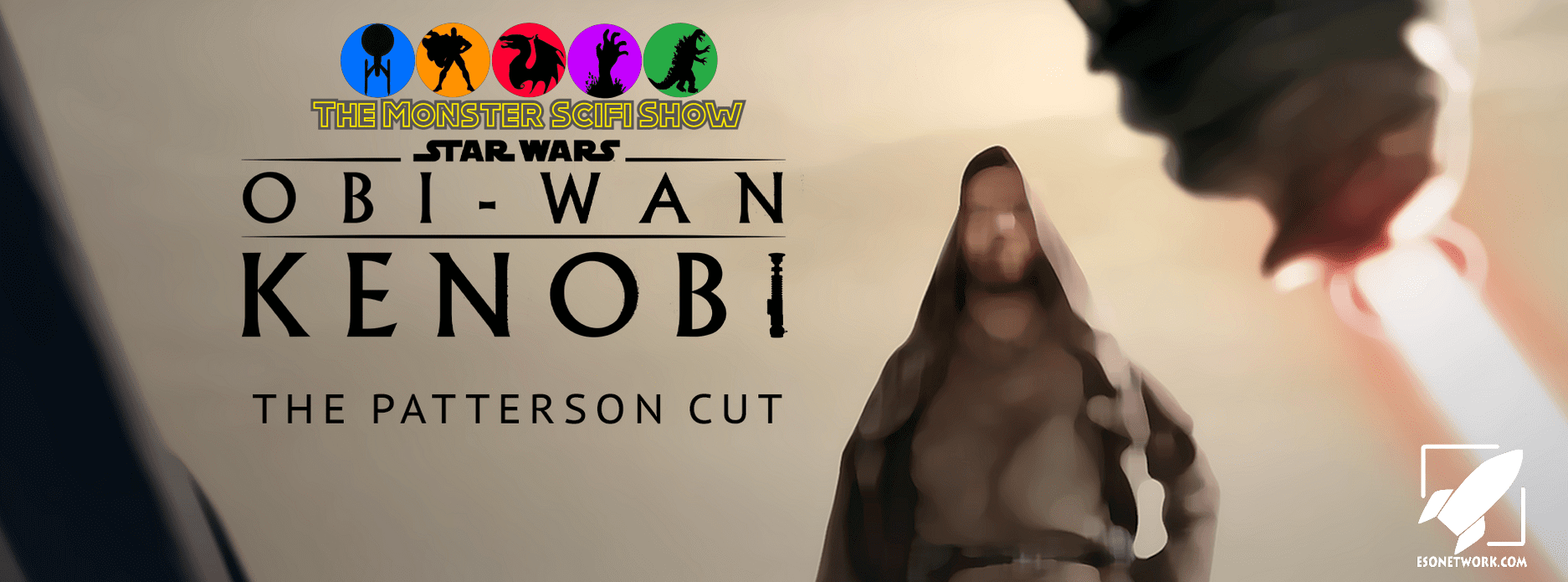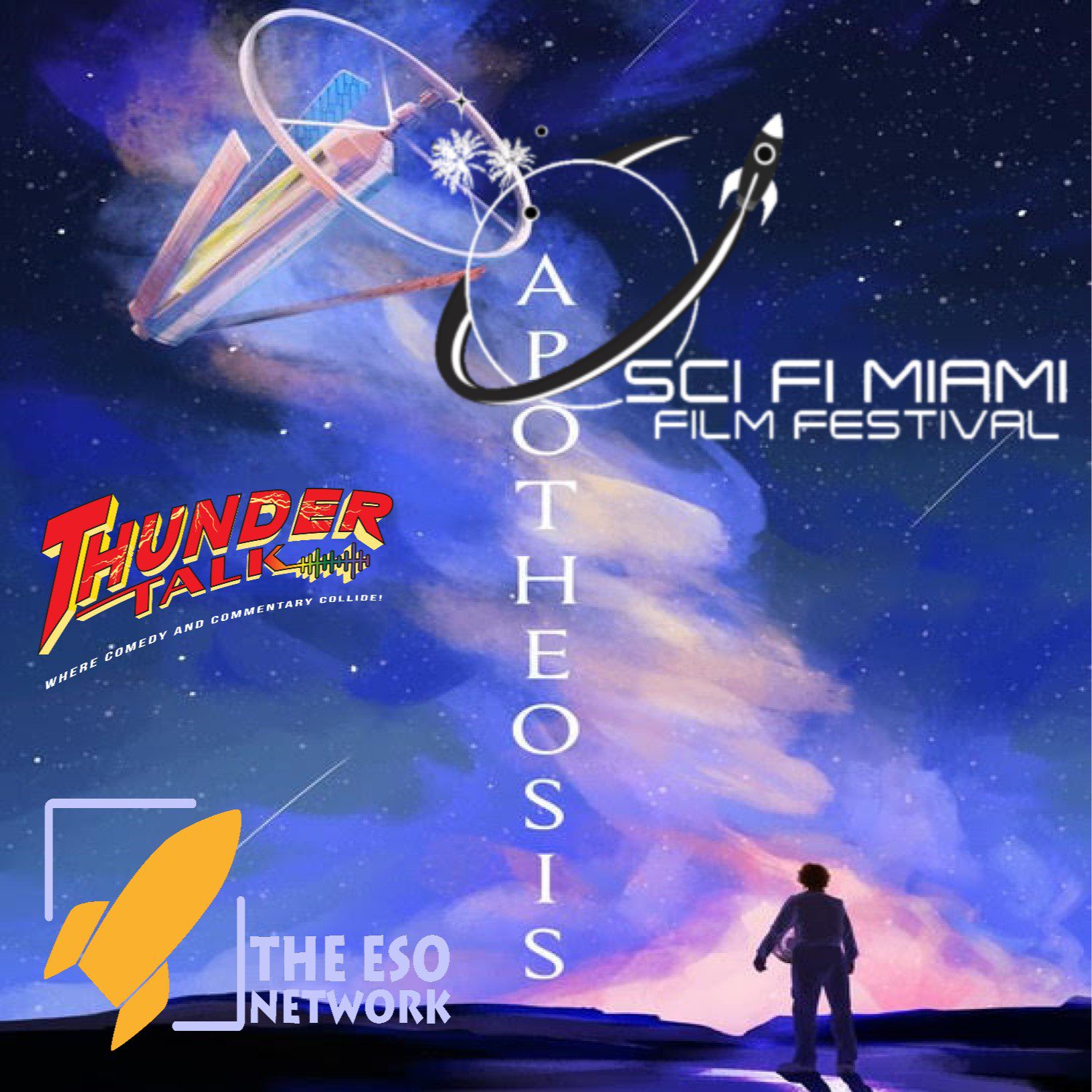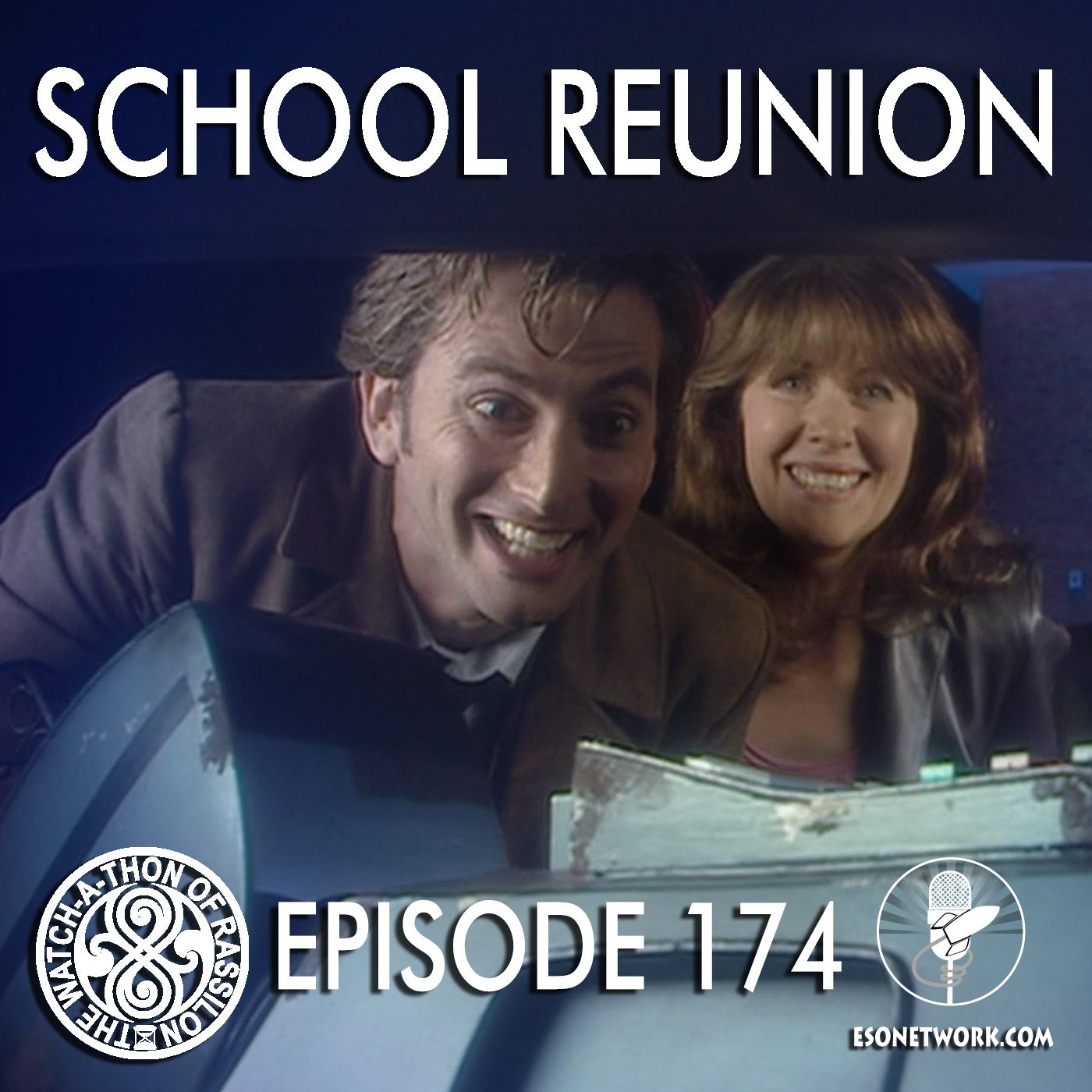 BY WAYNE HARRIS-WYRICK, Source: newsok.com
BY WAYNE HARRIS-WYRICK, Source: newsok.com
Last month, the International Space Station, an orbiting space laboratory as big as a football field, had to move. A piece of space junk 10 centimeters (four inches) across was aimed at it. To ensure the safety of the crew, its engines were fired for 54 seconds to move it to an orbit 1,000 feet higher.
Such is life in Earth orbit. This was the 13th time the ISS had to be moved to avoid potential damage from a collision with space debris. You wouldn’t think a structure that large would need to worry about a collision with an object that small. But in space, no one can hear you scream.
And no one can rescue you quickly. The piece of space junk was moving faster than a bullet and could have caused significant damage had it hit certain critical parts of the space station.
And that’s just one piece of space debris, one of many.
NASA estimates that there are about 19,000 objects larger than 10 cm in Earth orbit. The number of smaller bits of debris, between 1 and 10 cm (.4 to 4 inches in diameter) is about 500,000. The number of objects smaller than that probably exceeds tens of millions.
Think such stuff can’t hurt orbiting space stations and satellites? Think again. In 1983 the space shuttle Challenger was hit by a paint chip that left a pit in the window. Just think what might have happened to that shuttle window had it been struck by a bolt or a wrench or a softball-sized hunk of an ex-satellite.
The number of such orbital bullets nearly doubled in early 2007 when the Chinese space agency tested their anti-satellite weapon by destroying a defunct satellite in orbit.
And in 2009, the space debris count again shot up dramatically when an Iridium communications satellite collided with a Russian communications satellite.
Now experts fear a run-away effect known as the Kessler Syndrome. Debris particles increase the frequency of collisions, making even more orbital junk, leading to a slow-motion cascade that would cause the amount of debris to increase even if humankind ceased rocket launches entirely.
It is already becoming dangerous to even launch a rocket, with the chance of collision now around 1 percent by some estimates.
NASA keeps tracking the space junk, and ISS astronauts and cosmonauts are constantly prepared to execute a collision-avoidance maneuver.








